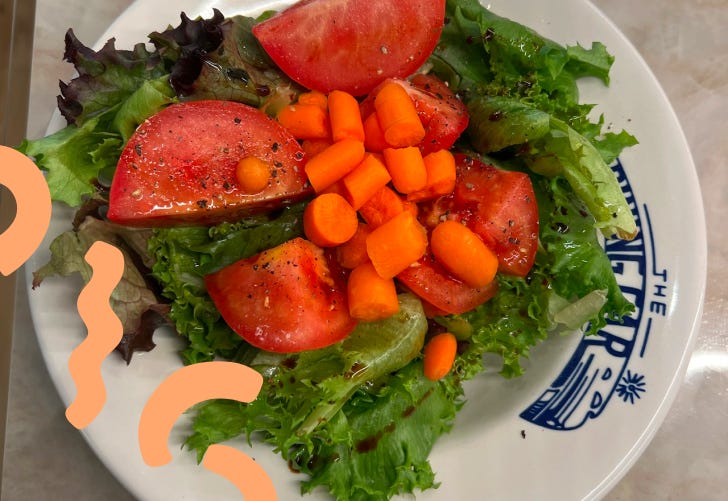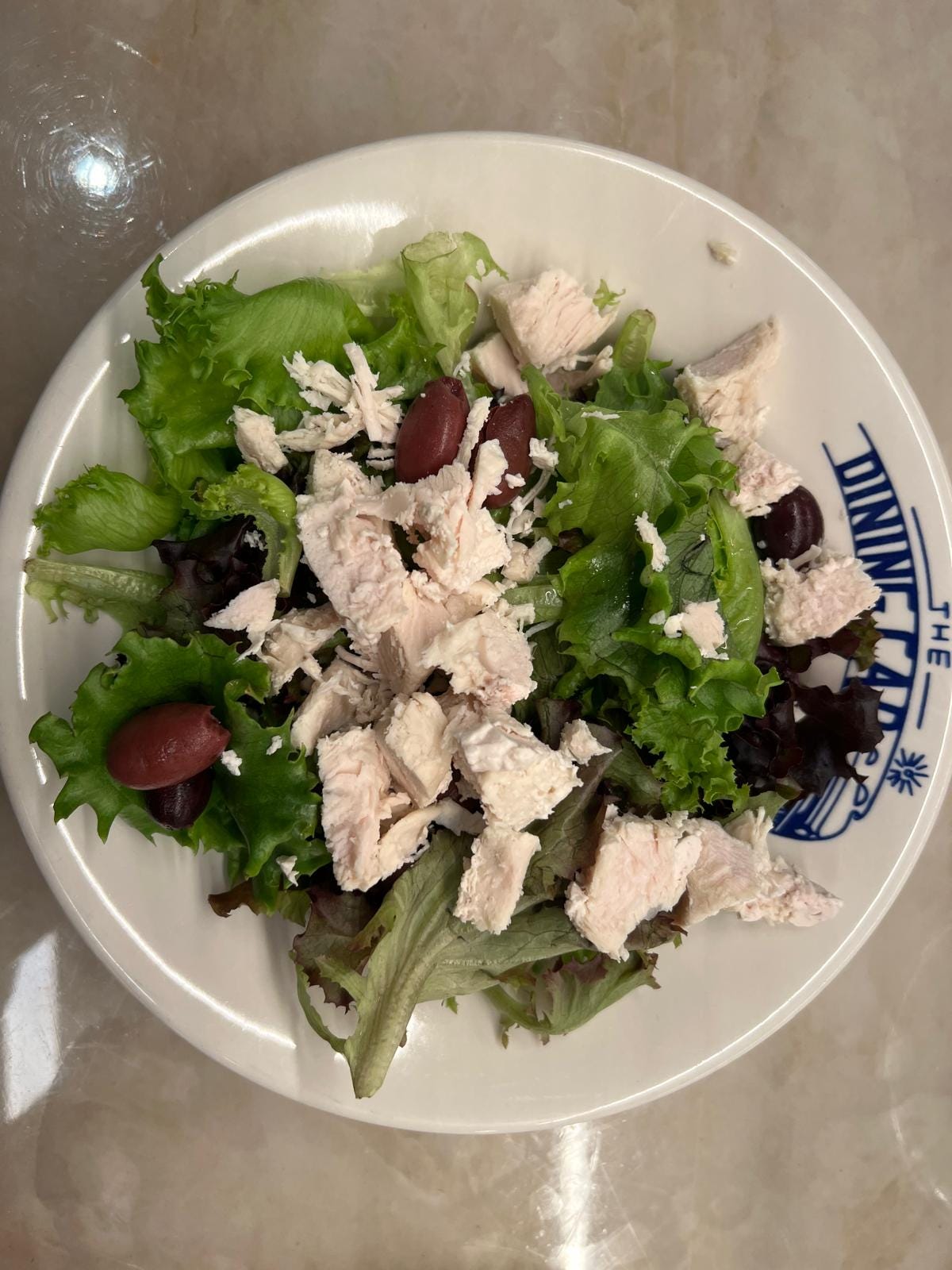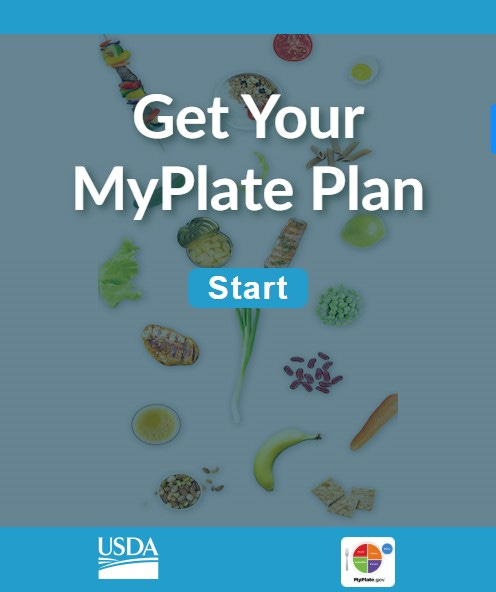Vegetables, MyPlate.gov, and the Holidays
Vegetables first please
The book V is for Vegetables, is a beautifully executed cookbook. I felt proud (and still do!) to have it in the kitchen. It is so much fun to peruse, checking out the letters of the alphabet and what I might make next. I swooned over the pan-roasted asparagus with sunny-side-up eggs and the Bok Choy, which only required sesame oil, minced garlic, and shallots, as well as fresh ginger, soy sauce, fresh lime juice, and salt and pepper to make an exquisite side. I can make these! I thought.
At the time I purchased this cookbook, I had no idea I would become a champion of vegetables later in life. But I have, and I hope to spread some of my enthusiasm for them, especially as we head into the holidays filled with carbs, cakes, and other sweet goodies.
The Fischer Kitchen View
I choose to eat colorfully and get my vitamins and minerals from vegetables and fruit, with an emphasis on vegetables, at all three meals. This perspective diverges slightly from MyPlate.gov, which recommends breakfast with whole fruit. I enjoy whole fruit as part of breakfast and include it, but I prefer to start my day with vegetables and add the fruit later on. Children, however, may have other nutritional requirements.
The U.S. government’s recommendation seems to stem from promoting nutrient-dense, whole foods and encouraging Americans to eat more fruit for vitamins, minerals, and fiber—however, the context and sequence of eating matter, too.
That’s one reason I like starting with a vegetable – it’s nutritious and filling, be it spinach, cauliflower, broccoli, peppers, mushrooms – whatever we’ve got in the refrigerator. Then we come up with a protein of some sort. Salmon, maybe there’s leftover chicken or turkey we can get a piece of, or perhaps tofu or a hard-boiled egg. Then a fat and a carb, that’s usually an easy one, avocados, toast or a bagel. Fruit is added, too, depending on what we have on hand.
Making vegetables a priority increases the nutrient density of our meals, supports digestion and gut health, promotes regularity, aids in appetite management, and, most importantly, helps maintain stable blood sugar levels.
I understand it’s not always common to start breakfast with a salad, which I like to do, or spinach, carrots, or some other vegetable like Phil, and then have protein, fat, and a carb afterward. But we think this is an excellent way to kick off our day!
Meeting the USDA Vegetable Guidelines
The Dietary Guidelines for American 2020 – 2025 published by the U.S. Department of Agriculture (USDA) and the U.S. Department of Health and Human Services (HHS) has general vegetable guidelines. They have a table showing 2-3 cups of vegetables for women daily and 3-4 cups of vegetables for men daily. Sixty plus years, for men, the daily vegetables drop to 2.5 – 3.5 cups per day. There is also a cup of vegetable table that is helpful.
But each person is different and the recommended number of vegetables to eat every day can be impacted by factors such as age, sex, height, weight, and physical activity. To figure that out, the US US government has a calculator you can use.
MyPlate Tools are Helpful
There are many excellent MyPlate tools from the US government, which can help you on your food journey, with vegetables, proteins, fats, and carbs. They are the My Plate Plan, Shop Simple with MyPlate, which can help with healthy choices within a budget, as well as MyPlate Kitchen, which has recipes and resources for eating healthy and budgeting for good meals. The low-fat tartar sauce recipe takes five minutes and uses easily accessible ingredients. There are videos too.
The Kitchen Timesavers were practical: organizing the kitchen, reducing the clutter, cutting up more than we needed, having things in place, making twice as much, keeping the place clean (that’s Phil’s job), and putting some away for later. We do those ourselves in the Fischer Kitchen.
The USDA MyPlate site has a Life Stages tab, which I found very interesting and helpful. There’s even a tip sheet for healthy eating for older adults.
There are also a variety of other PDFs available covering everything from dine-out/take-out to cutting back on added sugars.
A Holiday Reminder: Let Vegetables Shine Bright
So, as you enjoy the holidays, remember vegetables, those bright, beautiful nutrients waiting to be consumed, and how valuable they can be in your meals, not just dinner! And don’t forget to check out MyPlate.gov for ideas - the language of the site is easily digestible - no pun intended!






